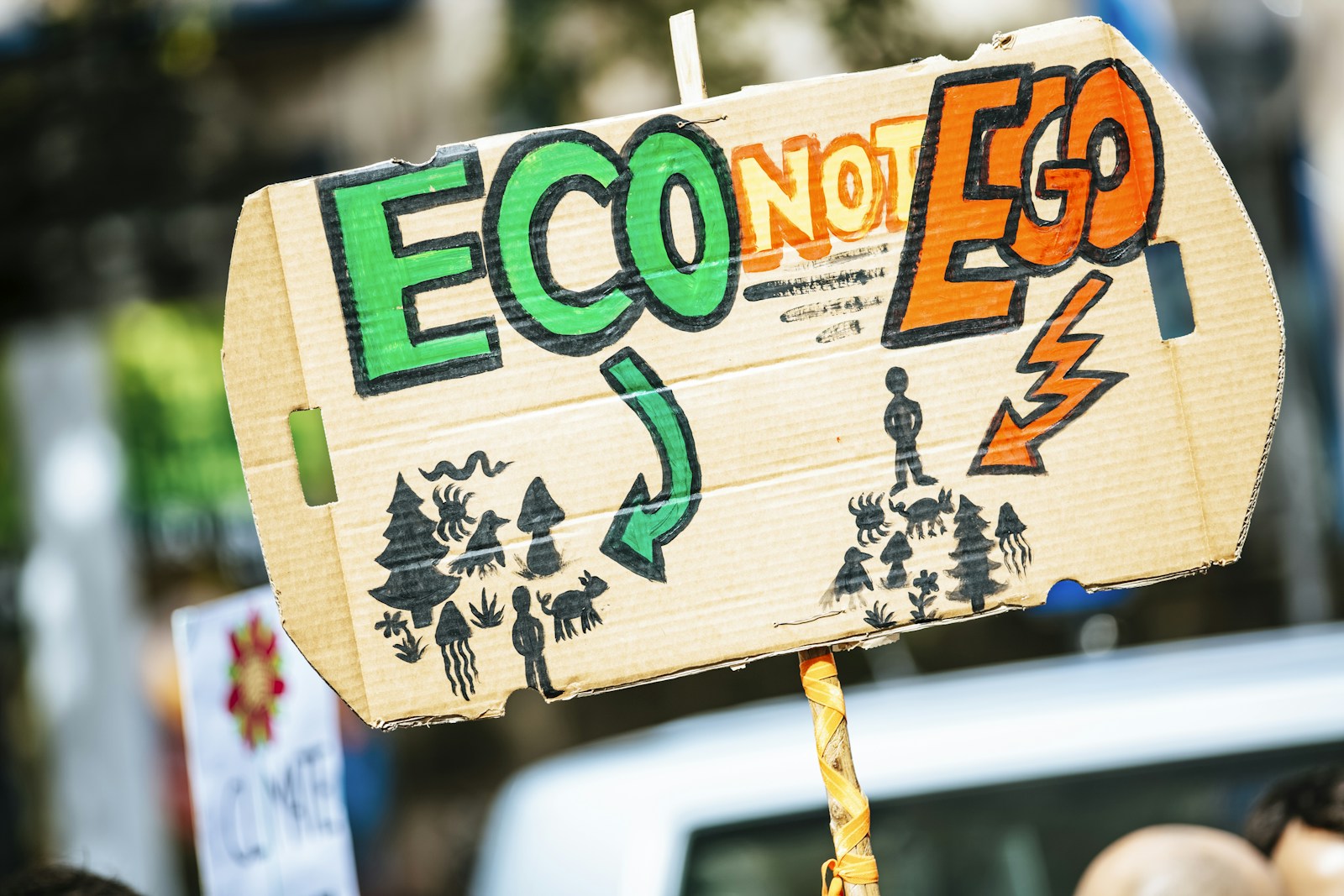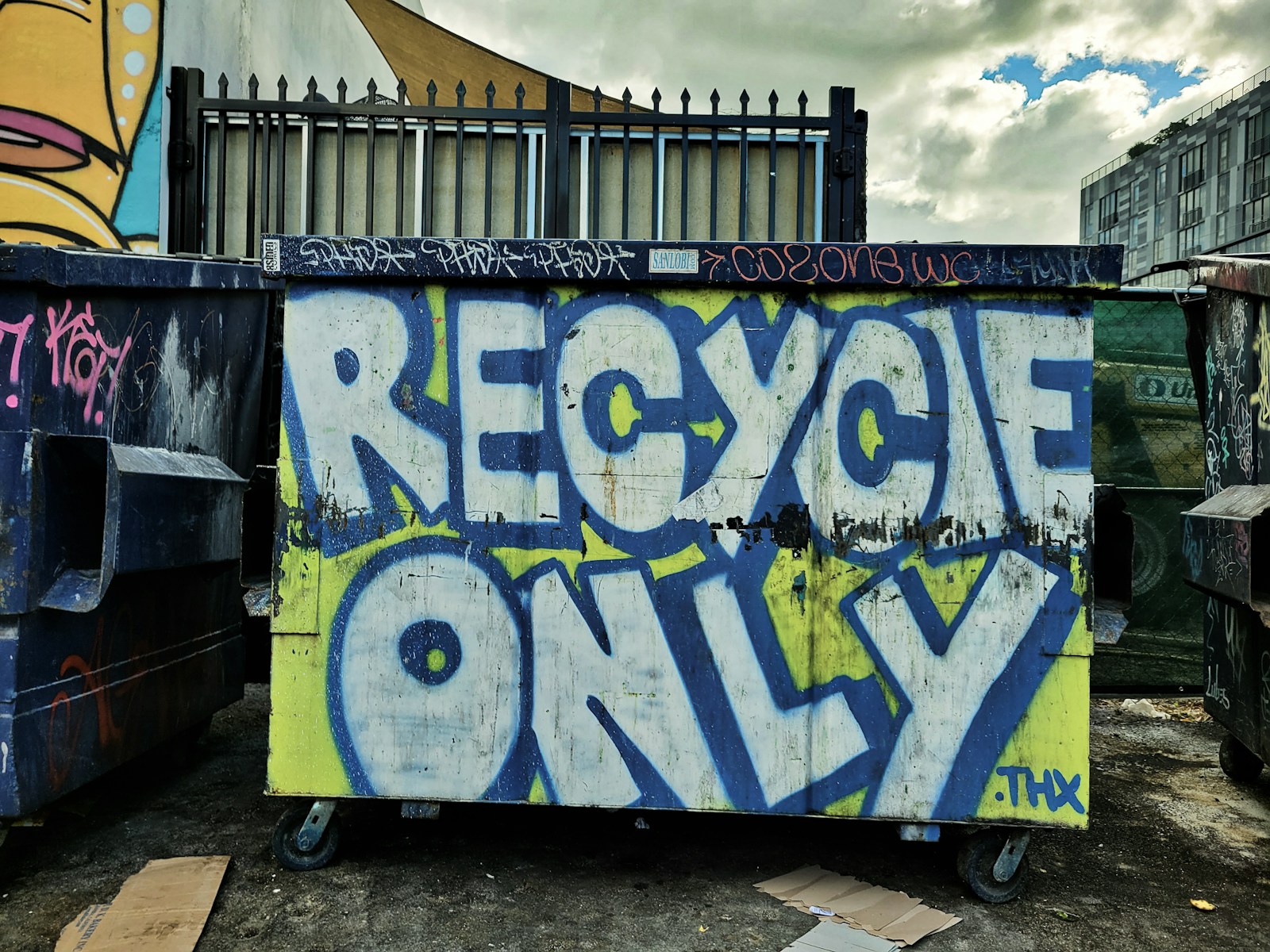Decoding the ESG Mirage: A Guide to Spotting Corporate Greenwashing

In the world of finance, a new set of letters has become ubiquitous: ESG. It stands for Environmental, Social, and Governance, a framework designed to help investors assess a company's performance on a wide range of non-financial factors. The logic is compelling: companies that manage their environmental risks, treat their employees well, and have strong corporate governance should be better long-term investments. This has fueled a boom in sustainable investing, with trillions of dollars flowing into funds that prioritize companies with high ESG ratings. But as the market has grown, so have the criticisms. The ESG framework, intended to be a tool for transparency and positive change, is increasingly being called a mirage—a system that often obscures more than it reveals and enables a sophisticated form of corporate "greenwashing."
The core of the problem lies in the data. Unlike financial accounting, which follows standardized rules, there is no single, universally accepted standard for measuring or reporting ESG performance. Instead, a host of different rating agencies have emerged, each using its own proprietary methodology to score companies. This leads to wildly inconsistent and often contradictory ratings. A company might receive a top-tier ESG rating from one agency for its strong data privacy policies, while another agency gives it a poor rating for its high carbon emissions. This lack of standardization makes it nearly impossible for an average investor to make a truly informed decision.
Furthermore, most ESG ratings are focused on measuring the risk to the company, not the impact of the company on the world. A rating agency might give a high score to an oil and gas company because it has robust safety protocols to prevent oil spills and a strong governance structure, thus minimizing financial risk for investors. However, this high score completely ignores the fact that the company's core business model is fundamentally exacerbating the climate crisis. This focus on "financial materiality" leads to perverse outcomes where a fast-food company might score better than an electric vehicle manufacturer because its carbon footprint, while large, is deemed less of a direct risk to its own profits.
This confusing and often counterintuitive system has created the perfect environment for greenwashing. Companies have become adept at "ESG marketing," selectively highlighting favorable metrics and publishing glossy sustainability reports that are heavy on aspirational goals but light on concrete, verifiable data. They can tout their use of recycled materials in their packaging while simultaneously lobbying against regulations that would require them to reduce their plastic production. They can announce a "net-zero by 2050" target without providing a credible short-term plan to achieve it. The ESG rating system, in many cases, ends up rewarding the companies that are best at telling a good story, not the ones that are having the greatest positive impact.
So how can a conscientious investor or consumer see through the mirage? It requires moving beyond a single ESG score and doing some critical detective work. First, look for transparency and data. Does the company report its emissions using the Greenhouse Gas Protocol? Does it provide hard numbers on its water usage, waste production, and employee turnover? Second, examine their actions, not just their words. Does the company's capital expenditure align with its climate goals, or is it still investing heavily in fossil fuel infrastructure? Does its political lobbying support or undermine climate action? Third, favor companies whose core business model is inherently sustainable, rather than those who are simply trying to mitigate the negative impacts of an unsustainable one.
The idea behind ESG is a noble one: to align financial markets with long-term sustainable outcomes. But in its current form, it often falls short, creating a fog of complex metrics that can be easily manipulated. Real progress will require regulators to enforce standardized reporting, and it will require investors to become more skeptical, demanding proof of impact over polished press releases. Until then, it's up to us to decode the mirage and learn to distinguish true sustainability from a well-marketed illusion.



